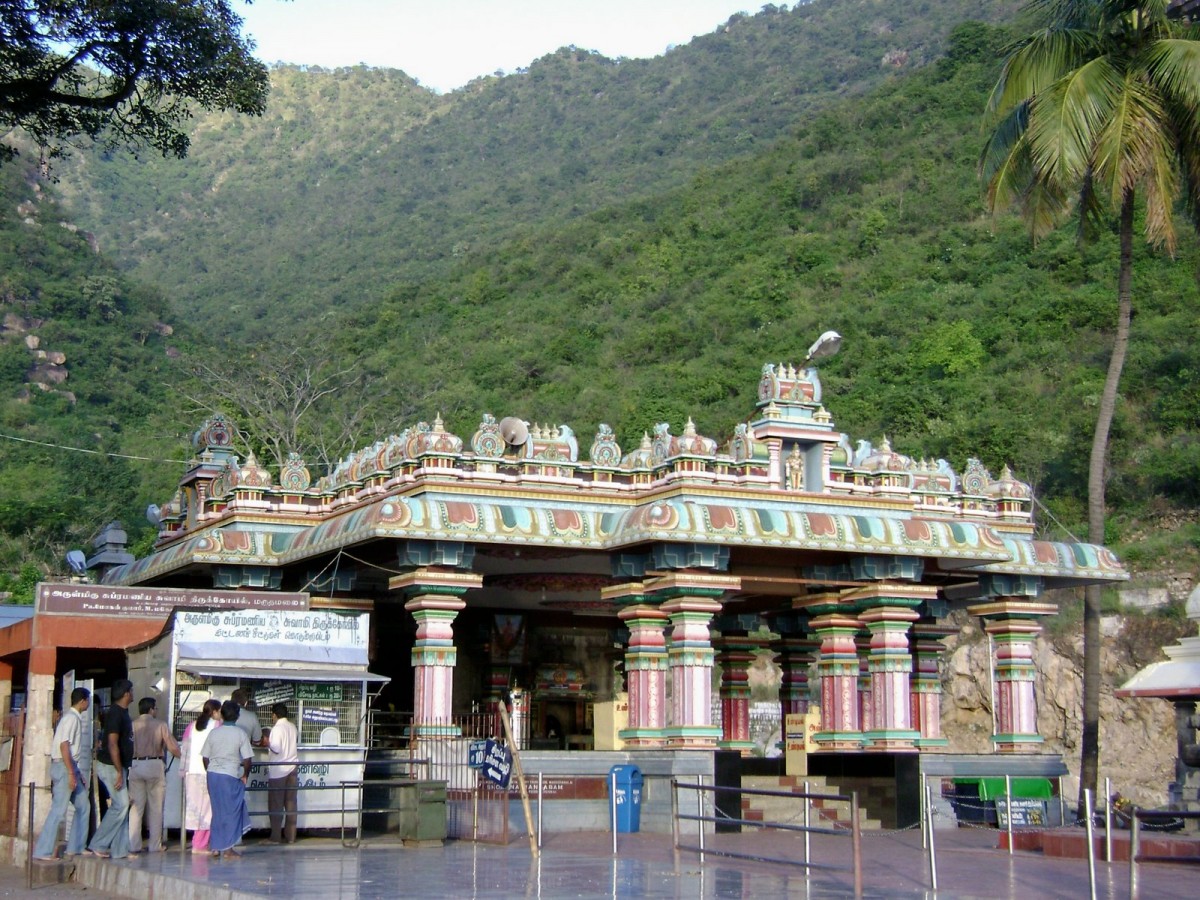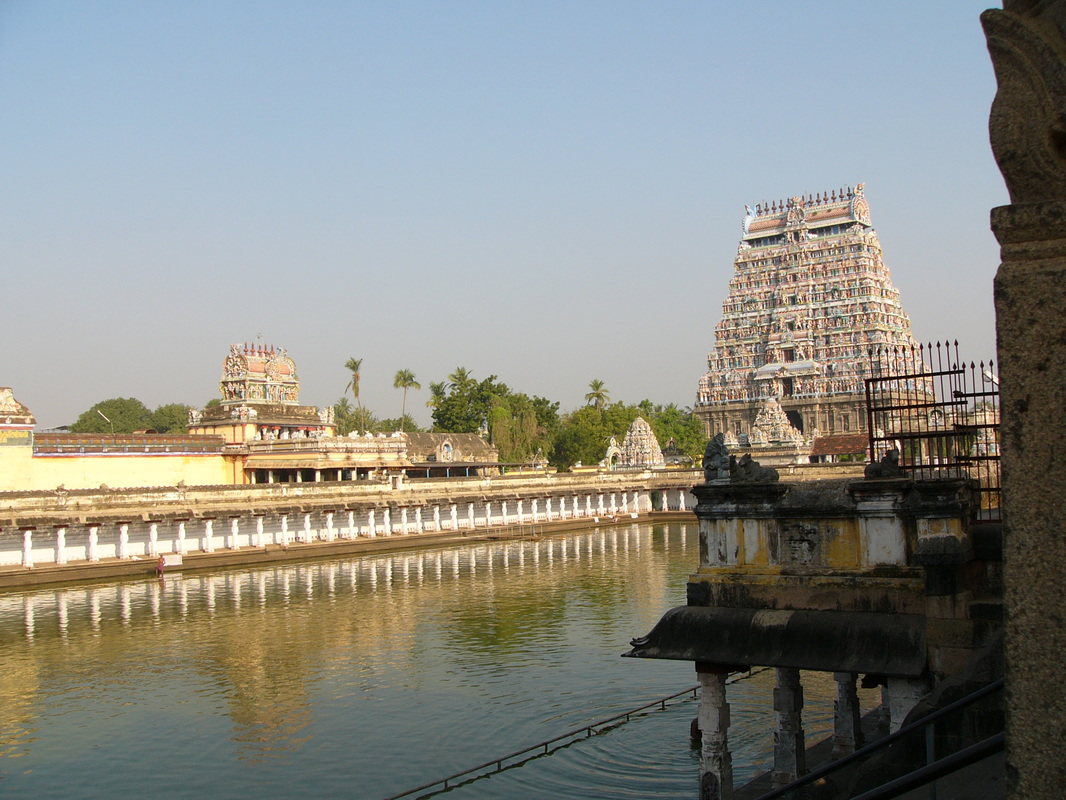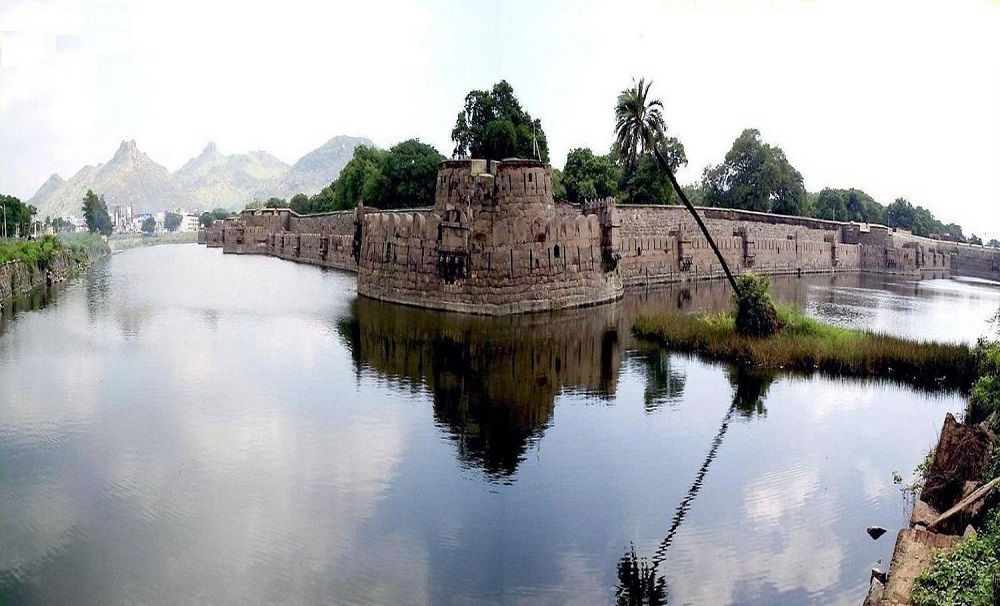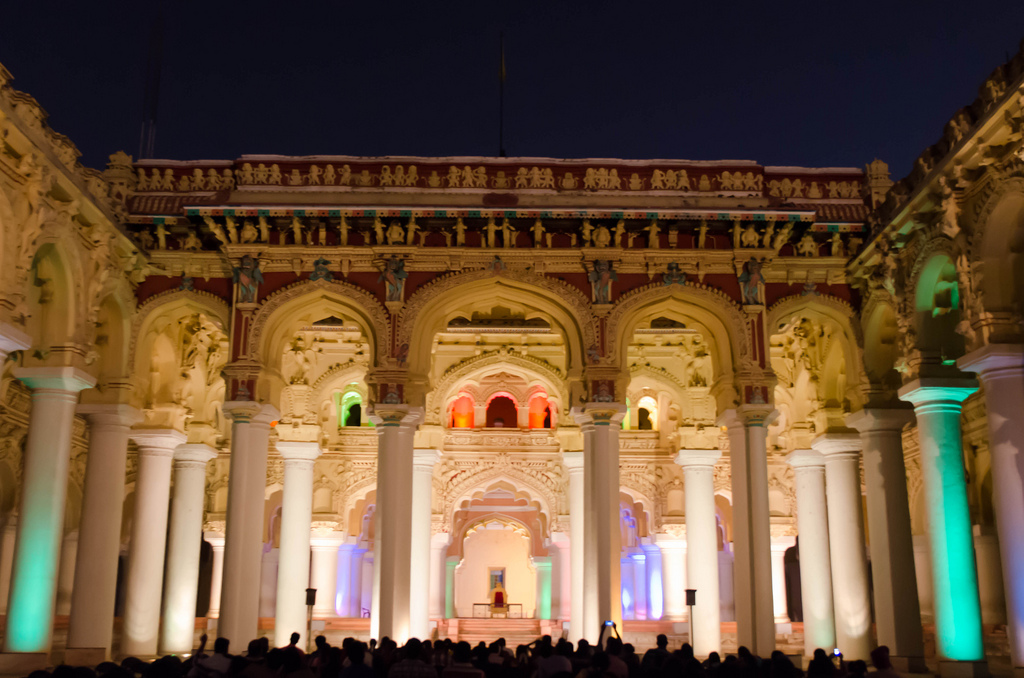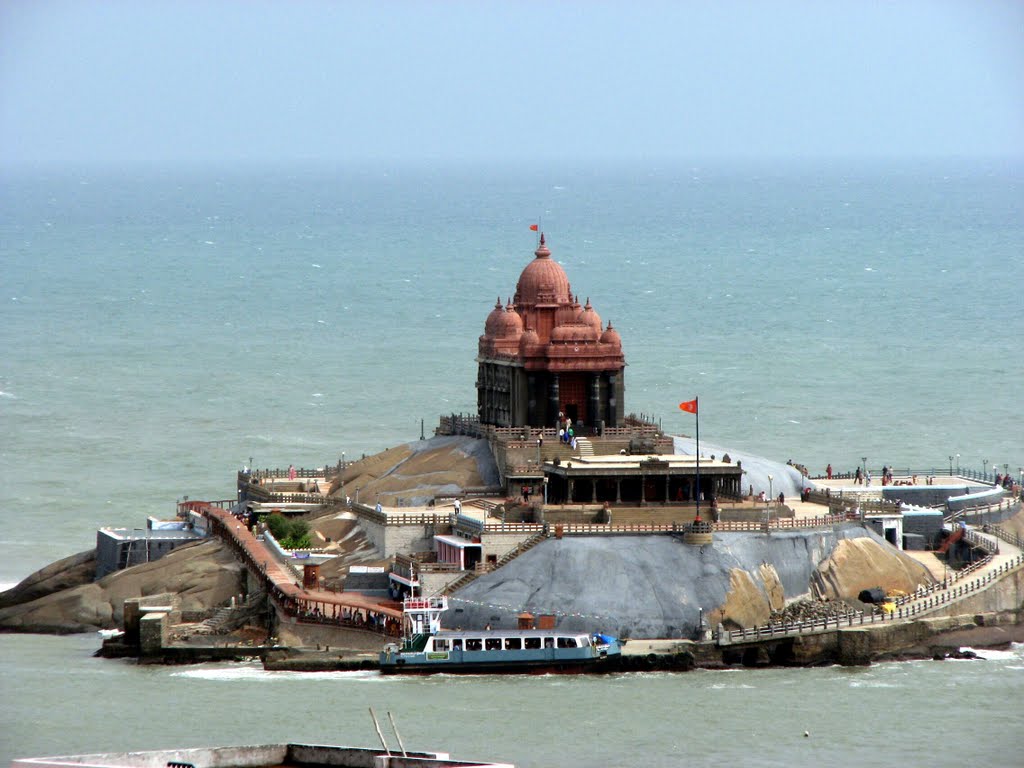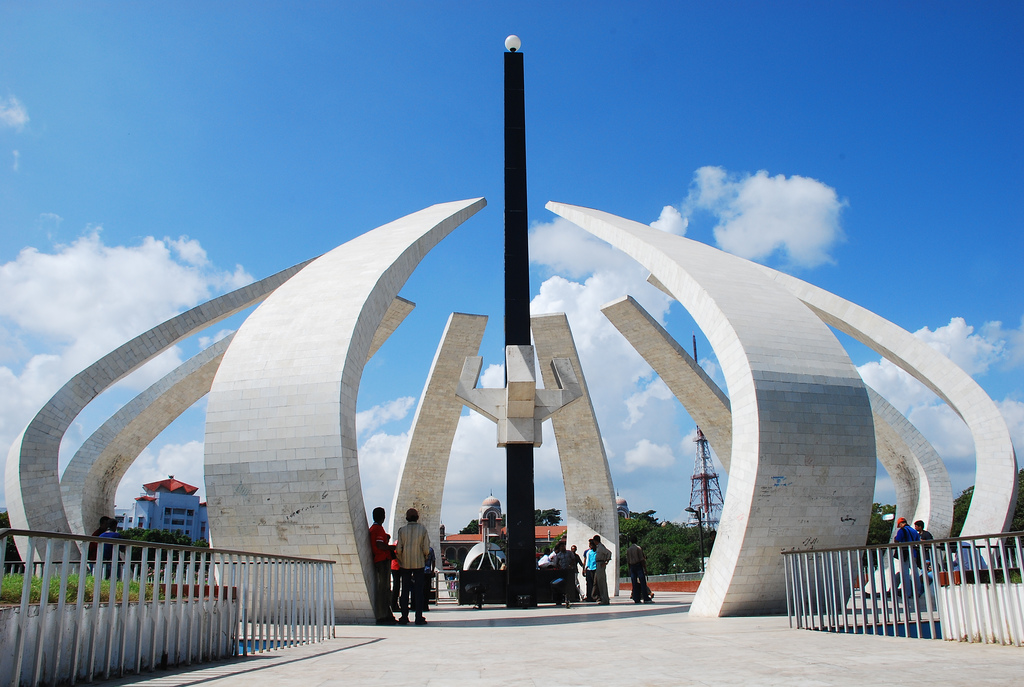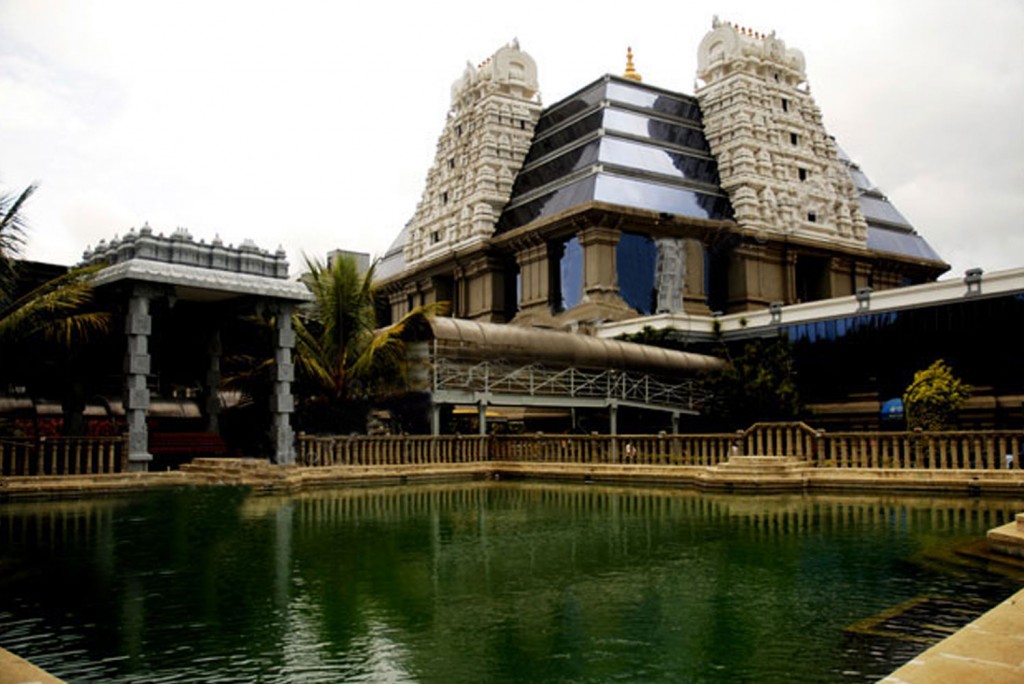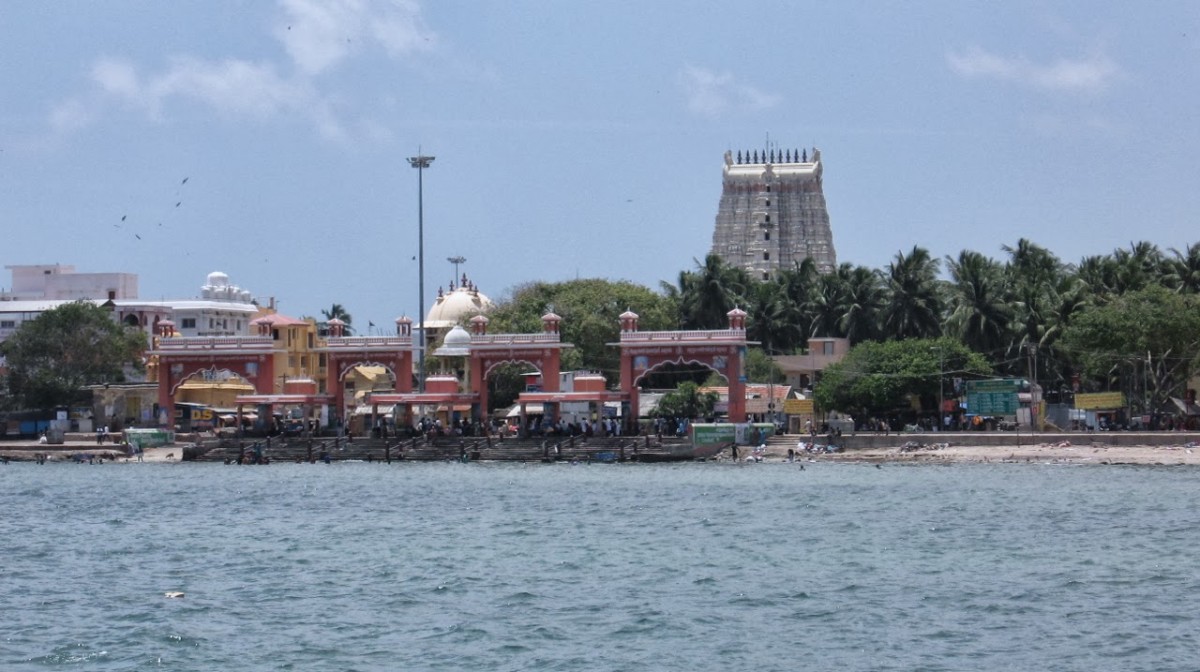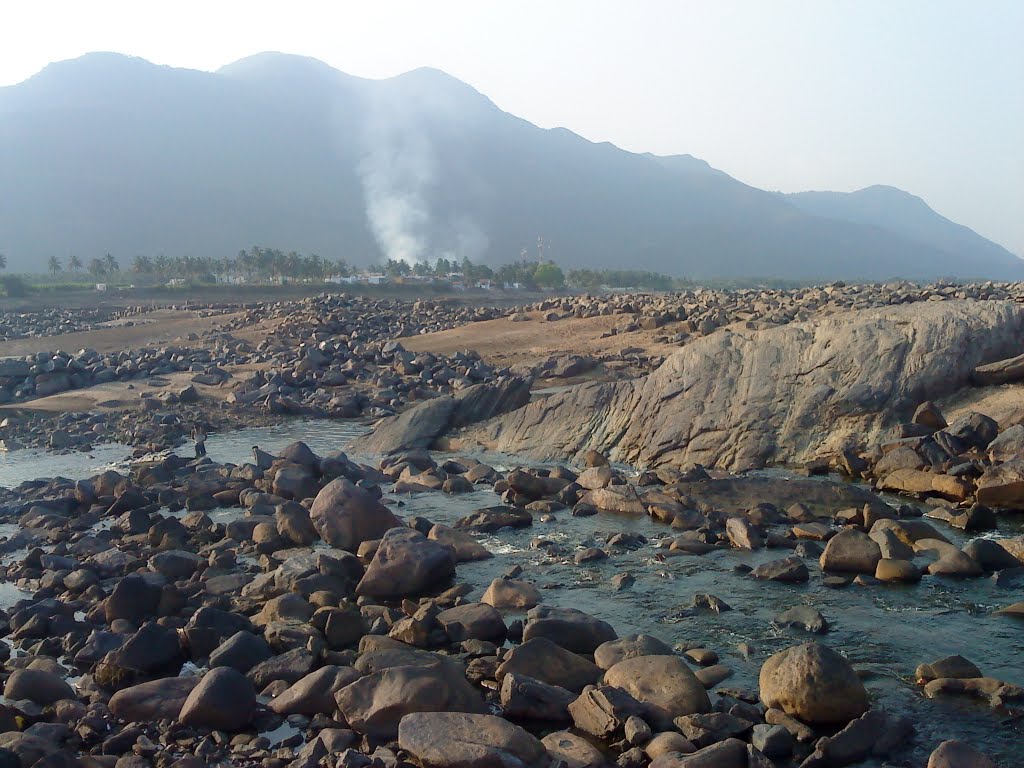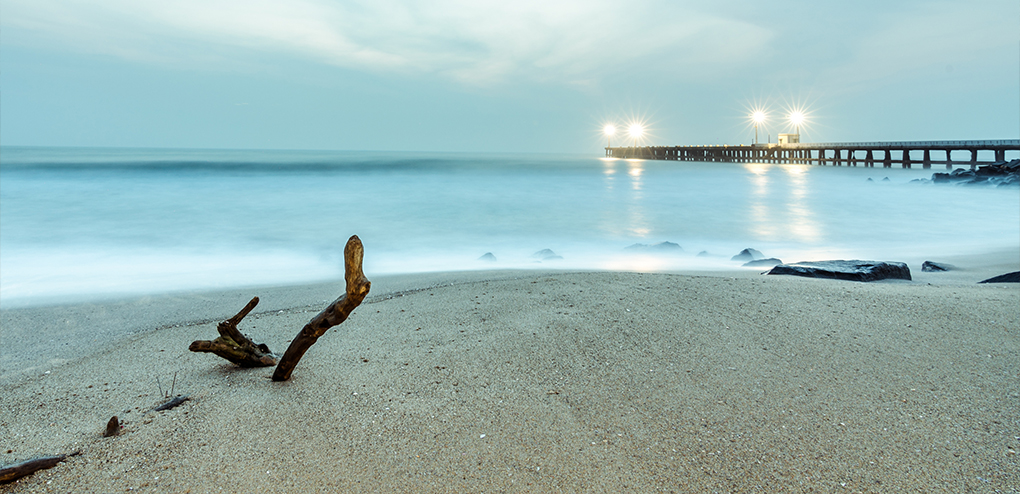
Fairs & Festivals of Pondicherry: Fairs and Festivals of Pondicherry offer a good insight into its culture. Said to be the abode of Lord Sulramaniar and Devi temples such as Muthumariammam and Angalamman and a profound southern French influence, there are some very interesting festivals in Pondicherry. The fire walking festival is one of the most awe-inspiring festivals of Pondicherry, in which the participants who vow to take part in the ritual observe severe austerities and a fast of 40 days. During this period they wear saffron colored clothes. On the main night of the festival, they take a purificatory bath after which they walk bare-footed through the stretch of fire stretch! All the more amazing is the fact that there are hardly any burns after the walk, which is often attributed to the deep faith and devotion of the participant.
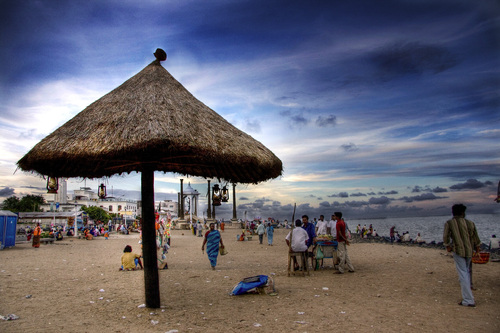
Sedal is another festival very popular yet shocking as we see a number of devotees who impose self-torture on themselves as a penance. The way these people pierce small silver hooks and spears in their tongues or other delicate parts of their body and even as many as 100 needles pierced all over their body is repulsively attractive. On the day of the festival, they go in a procession after a bath wearing turmeric-strained clothes. Masquerade or Mask festival of Pondicherry is celebrated in March or April and is a direct influence of the long French rule in the region. It reflects a French sense of humor and showcases various beautiful masks and fancy costumes. People march through the streets clad in these costumes and masks and perform a tricky dance to the beats of the trumpets. Fun and joy are the moods of the festival.
One of the most popular festivals of Pondicherry among the tourists is the International Yoga Festival held in Pondicherry from 4th to 7th January every year. Yoga followers from all over the world fly in to witness live show and talks, see and sample the simple and healthy yogic food and see cultural programs featuring Indian classical dance and music. It aims to promote the healthy life science of Yoga. The Mangani festival of Karaikal Ammayur temple is held annually in July and features a colorful fair. Some other such festivals include Kandoori festival celebrated in the honor of Karaikal Durga and the feast of the lady of Lourdes celebrated by Our Lady of Lourdes Church. St Theresa festival is as popular among the non-Christians as it is in Christians and is held annually in October in St. Theresa Church in Mahe.
Bhagavathi temple festival features performance of ‘Thiraiyattam’, ancient Indian dance while thousands of people throng to the seashore on the auspicious occasion of ‘Masimagam Festival’, on the full-moon day in the Tamil month of Masi, to take an early morning dip in the sacred sea waters and get rid of all their sins. During this occasion, deities from as many as fifty temples in Pondicherry and the nearby areas are taken to the seashore in a ceremonial procession accompanied by the musical beats of Nadhaswaram for the symbolic immersion. The deities then return to their respective shrines in a procession in the evening. Other festivals or fairs celebrated in Pondicherry include Putha Lanthira, Mandolilthira, Pandokuloththira, Koyodan Korothithra, Vishnutheertham, Mandalam Vilakku and Swamikalyanam. However, the Mahe district of Pondicherry celebrates festivals similar to Kerala such as Onam, Vishu and Sri Krishna Jayanti.
Pondicherry Monuments: A wondrous history of this place is told by obliging Pondicherrians. As well as the striking grid-like street planning, buildings and monuments. About the arrival of the European maritime powers of the 16th century -the Portuguese, the Dutch, the Danes, the English and importantly, the French, setting foot first in 1670. About the transformation of a tiny fishing village into a grand port city by the 18th century. About fierce Anglo-French battles. Ravages. And sieges. About brave generals. Friendly maharajas. And even, philanthropic courtesans. And about an undisturbed French rule for 138 years till 1954.
Park Monuments (Aayi Mandapam): The most beautiful public space in town is the green and shaded Government Park, in the heart of Pondicherry. Standing smack in its centre is Aayi Mandapam. Built in Greco-Roman architecture, unsinfully white, during the reign of Napoleon III- Emperor of France.
It bears the name of Aayi -a 16th century courtesan. Who razed down her home and replaced it with a reservoir. To appease a passing king, angry at having mistaken her candle-lit residence for a holy place. It was from this lake that Napoleon`s men quenched their thirst, some 300 years later. Napoleon, charmed by the story, ordered a monument to Aayi.
Arikamedu: A historical site, 4 kms south of Pondicherry, which revealed local trade with Romans as early as 2nd century B.C. Some even believe Roman settlements existed. Wine seems to have been a major import as excavated amphora jars suggest. In return, textiles, precious stones and shell-jewellery left these shores.Moreover, you`ll still find the amazing ruins of an 18th century French Jesuit Mission House here. It was abandoned in 1783.
Ananda Ranga Pillai Mansion: Ananda Ranga Pillai was the celebrated dubash of Dupleix, the governor of Pondicherry while it flourished under French glory. Pillai`s compilation of diaries serve as a storehouse of information on 18th century French India. His mansion, completed sometime in 1738, is one of the oldest surviving buildings on the west side- then known as “natives` quarters.” Its architecture represents a curious mix of French and Indian styles.
The Statue of Dupleix: This is Pondicherry`s tribute to Francois Dupe ix whose able governorship came to an end in 1754. However, French recognition came about a century later, when, in 1870, they paid homage by commissioning two statues -one in France and the other in Pondicherry. The 2.88 m tall structure was erected over six carved ornamental granite pillars at the Place du Republique. It now stands restationed overlooking a children`s park at the southern end of the promenade, now named Goubert Avenue.
Place Du Gouvernement: The Place Du Gouvernement is a brilliant example of town planning in Pondicherry. Comprising the 18th century Palais Du Gouvernement -now the Raj Nivas (not open to the public) -and the old tribunals -now housing the Legislative Assembly -along with a neat three-sided line-up of other handsome buildings. At the centre, surrounded by a well-tended garden, stands the Water Monument, sculpted to commemorate the introduction of good drinking water for the population. Latin and Tamil inscriptions bear out the story. Some exquisitely carved monolithic pillars, brought to Pondicherry from the Gingee Fort after its capture in 1751, adorn the place.
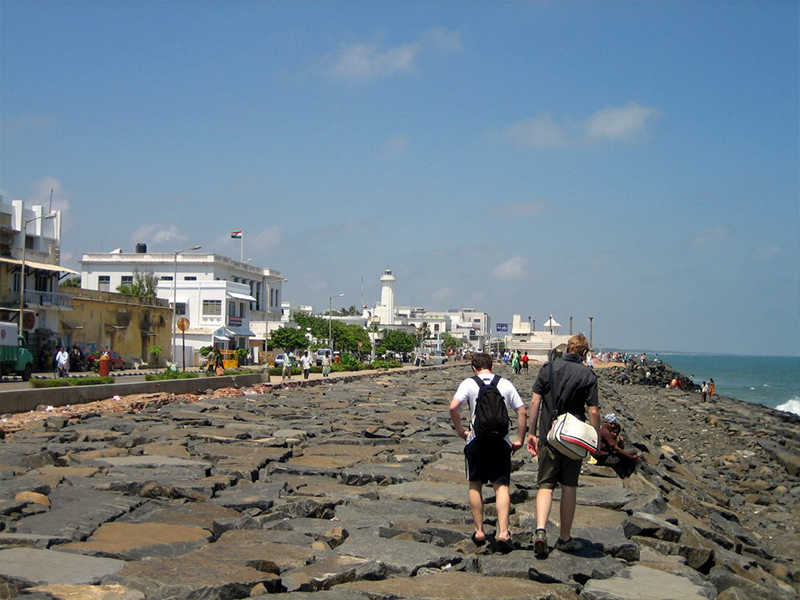
19th Century Light House: The early sea-farers to Pondicherry were guided by a beacon kept burning on the Red Hills (Gorimedu), about 5 kms west of the town. The now-abandoned light house standing on the edge of the sea near the Place Du Gouvernement was lighted for the first time on 1 July, 1836. The light was placed upon a masonry tower, 29 m above sea level and was visible upto a distance of 29 kms into the sea. In 1931, the fixed light was replaced by a revolving lantern. It fell into disuse with the commissioning of the new light house in 1979.
French War Memorial: No visit to Pondicherry is complete without a free-wheeling stroll down the peaceful promenade -Goubert Avenue (`Beach Road`, locally speaking) .Where you`ll find this elegant tribute to the uniform. It gets prettily illuminated during a solemn ceremony every 14 July, Bastille Day.
The Statue of Joan of Arc: A lasting, triumphant image of the heroic French damsel Jeanne d` Arc, is frozen in marble, within the garden laid out n front of L` Eglise de Notre Dame des Anges.
Churches: French missionary zeal in the 17th and 18th centuries saw a number of imposing churches built here. The Eglise de Sacre Coeur de Jesus, situated on the south boulevard, stands out as an oriental specimen of Gothic splendour. It contains rare and beautiful stained glass panels depicting events from the life of Christ. The Eglise de Notre Dame de la Conception Immaculee, on Cathedral Street, was first built in 1692. It took its present shape in 1791.
The Eglise de Notre Dame des Anges, in Rue Dumas, is notable for its masonry -which uses the finest of limestone mixed with white of the egg -making for a texture identical to that of white marble. It is modelled on the Basilica at Lourdes, in southern France.
The Pondicherry Museum: On the ground floor, the major attraction is the central space with 3 curious transport mechanisms -a coach, a palanquin (sedan chair) and a pousse-pousse which required two attendants, one to steer and one to push. The bronze gallery displays the images of gods and goddesses together with a wide collection of temple lamps; used across different dynasties down centuries.
Pre-Christian relics which you will find here, such as remnants` of Greek and Roman amphora jars, pieces from the Tsung Periods in China and beads made from glass and precious stones were dug out from the Arikamedu site, just south of Pondicherry.
The French Cemetery at Karaikal: For a look-see into a veritable who`s who of 19th century Karaikal, wander through the French cemetery on Rue de Marche (Market Street). Administrators, landlords, port officials, women and children lie buried under curious headstones with interest-evoking inscriptions. You will also find an aged, tiny chapel within the walls.
So, pack your bags and break the barriers because this is INDIA. Also, read some of the best blogs like Best Tours of India and Travel to India from the USA. Please also read some of our blogs like Travel Check List for India , Best Indian Snacks and Best Hotels in Rajasthan.

